Ohio Shale Country Listening Project Part 1
![]()
The below industry quote divides the world into two camps when it comes to horizontal hydraulic fracturing: those who are for it and those who are against it:
Fracking has emerged as a contentious issue in many communities, and it is important to note that there are only two sides in the debate: those who want our oil and natural resources developed in a safe and responsible way; and those who don’t want our oil and natural gas resources developed at all.
– Energy from Shale (an industry-supported public relations website)
The writer imagines a world in black and white – with a clear demarcation line. In reality, it is not so simple, at least not when talking to the people who actually live in the Ohio towns where fracking is happening. They want the jobs that industry promises, but they worry about the rising costs of housing, food, and fuel that accompany a boomtown economy. They want energy independence, but worry about water contamination. They welcome the opening of new businesses, but lament the constant rumble of semi-trucks down their country roads. They are eager for economic progress, but do not understand why the industry will not hire more locals to do the work.
In short, the situation is complicated and it calls for a comprehensive response from Ohio’s local and state policy makers.
Through hefty campaign contributions and donations to higher learning institutions, the oil and gas industry exerts undue influence on Ohio’s politics and academic institutions. Many media outlets covering the drilling boom also have ties to the industry. Therefore, industry has been able to control the message and the medium. Those who oppose oil and gas in any way are painted as radicals. Indeed, some of Ohio’s most dedicated anti-fracking activists are unwavering in their approach. But most of the people living atop the Utica Shale simply want to live peacefully. Many would be willing to co-exist with the industry if their needs, concerns, and voices were heard.
This project attempts to give these Ohioans a voice and outsiders a more accurate representation about life in the Utica Shale Basin. The report does not engage in the debate about whether or not fracking should occur – but, rather, examines the situation as we currently find it.
Listening Project Summary
The Ohio Shale Country Listening Project is a collaborative effort to solicit, summarize, and share the perspectives and observations of those directly experiencing the shale gas boom in eastern Ohio. The project is led by the Ohio Organizing Collaborative (OOC)’s Communities United for Responsible Energy (CURE), with support from the Ohio Environmental Council (OEC), FracTracker Alliance, and the Laborers Local 809 of Steubenville. Policy Matters Ohio and Fair Shake Environmental Legal Services offered resources and time in drafting the final policy recommendations.
Over the course of six months, organizers from the Laborers Local 809 and OOC worked with a team of nearly 40 volunteers to survey 773 people living in the heart of Utica Shale country. Respondents are from eastern Ohio, ranging from as far north as Portage County to as far south as Monroe County. A small number of respondents hail from across the border in West Virginia and Pennsylvania, but the overwhelming majority are from Carroll (321), Columbiana (230), Jefferson (70), Harrison (30) and Belmont (28) counties.
Respondents were asked to talk about their family and personal history in the community where they live, their favorite things about their community and what changes they have noticed since the arrival of shale gas drilling using horizontal hydraulic fracturing or fracking. They were also asked to describe their feelings about oil and gas development as either positive or negative and what they believed their community would be like once the boom ends. Finally, respondents were also asked how concerned or excited they are about 11 possible outcomes or consequences of fracking.
Summary of Recommendations
- Create incentives for companies to hire local workers; and increase transparency about who drilling and subcontracting companies are employing
- Tax the oil and gas industry fairly with a severance tax rate of at least 5%; use this revenue to support affected communities to mitigate the effects of the boom and bust cycle
- Increase the citizen participation in county decision-making on how additional sales tax or severance tax revenue is spent and how the county deals with the effects of the drilling boom
- Increase transparency around production and royalties for landowners and the public
- Set aside funding at the local level for air and water monitoring programs
- Mitigate noise and emissions as much as possible with mandatory sound barriers and green completion on all fracking wells
- Create mechanisms to protect sensitive areas from industry activity
- Levy municipal impact fees to address issues associated with drilling
- Better protect landowners during leasing negotiation process and from potential loss of income due to property damage
Conclusion
The more shale gas wells a community has, the less popular the oil and gas industry appears to be. Carroll County is the most heavily drilled county in Ohio, and more than half the respondents said they view the drilling boom negatively. Moreover, many residents say they are not experiencing the economic benefits promised by the oil and gas industry. They see rent, cost of gas, and groceries rising as the drilling and pipeline companies hire workers from out of state and sometimes even out of the country. Residents see more sales tax revenue coming into their counties but also see their roads destroyed by large trucks. They say they are experiencing more traffic delays and accidents than ever before. Ohioans love their community’s pastoral nature but are watching as the landscape and cropland get destroyed. As it is playing out now, the boom in shale gas drilling is not fulfilling the promises made by industry. Locals feel less secure and more financially strapped. Many feel their towns will soon be uninhabitable. It is up to state and local governments to hold industry accountable and make it pay for the impacts it creates.
Infrastructure associated with horizontal hydraulic fracturing. Images from Ted Auch and FracTracker’s Oil & Gas Photos Archive:
Inception & Evolution of the Listening Project
The Ohio Shale Country Listening Project started in February 2014 with a conversation between Ohio Organizing Collaborative (OOC) staff and a veteran organizer who once worked on mountain top removal in a large region of West Virginia. The OOC organizer lamented the difficulty of organizing across a large geography around a specific issue – in this case, fracking. How do you find out what the people want without dictating to the community? The more experienced organizer immediately responded: What about a listening project? She connected OOC to the Shalefield Organizing Project in Pennsylvania whose organizers helped OOC think through what a listening project might look like in Ohio.
The project took on several iterations. First, OOC planned to focus the listening project solely on Columbiana County, which at the time was the third most fracked county in Ohio. Next, community leaders in Carroll County, the most heavily drilled county in the state, suggested the project also focus there. Eventually, as it became clear that the shale play was moving further south in Ohio, the project expanded into other counties such as Belmont, Harrison, and Jefferson. While attending a public hearing on pipeline construction in Portage County, OOC staff met an organizer from the Laborers Local 809 out of Steubenville. The organizer expressed interest in joining the project. Meanwhile, OOC had been in discussions with the Ohio Environmental Coalition (OEC) about the need to share the stories of people living in the middle of a fracking boom. OEC agreed to join the project. Finally, FracTracker also came into the fold, eager to assist in analyzing and mapping data gathered during the effort.
OOC staff solicited the help from about 40 volunteers to form the “Listening Project Team” who surveyed their friends, family, coworkers, and neighbors. Volunteers met four times over the course of six months to discuss the project and strategize about how to reach more people with the survey. Most of the volunteer team came from Columbiana and Carroll Counties. The Laborers Local 809 also distributed the surveys to their members. Members of the team canvassed neighborhoods, attended local festivals, set up a booth at Rogers Open Air Market (photo left) and distributed an online version of the survey through Facebook and email. OOC staff spoke at college classes at Kent State-Salem and Kent State-East Liverpool, and solicited input from students in attendance.
The project’s initial goal was to hit a target of 1,000 – 1,500 survey responses. In the end the team fell short of this number, but were able to reach 773 people living in the Utica Shale area. This barrier is mostly due to the rural nature of the communities surveyed, which makes it more difficult to reach a large number of people in a short timeframe. The most responses came from Carroll County – 321 surveys. Columbiana County represented the second largest group of respondents with 230 surveys. Seventy people from Jefferson County, 30 people from Harrison County, 28 from Belmont County filled out the survey. The final 80 responses came from Mahoning, Stark, Summit and Tuscarawas Counties. Finally, nearly fifty responses came from Pennsylvania and West Virginia residents who live along the Ohio border (see Figure right). We promised survey respondents that all names and information would be kept confidential with survey responses presented only in aggregate.
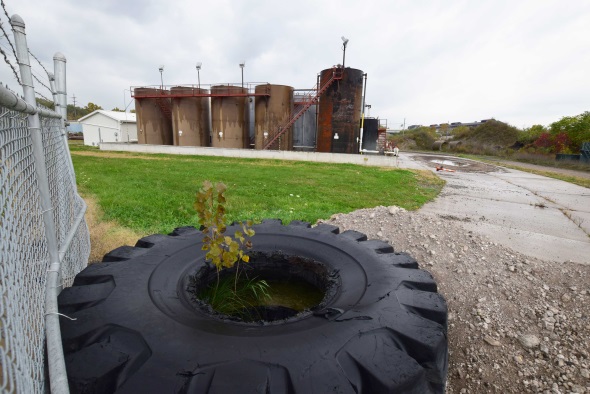
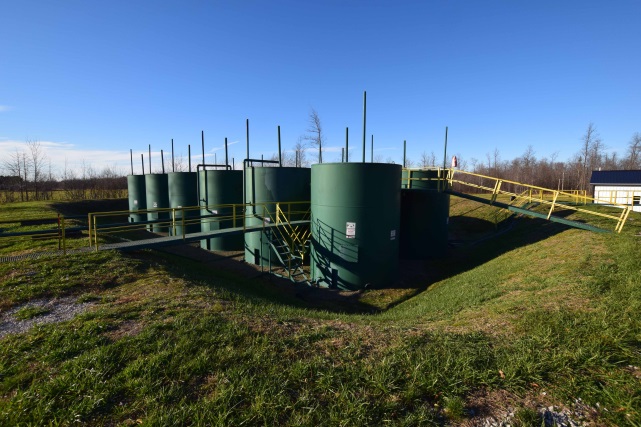
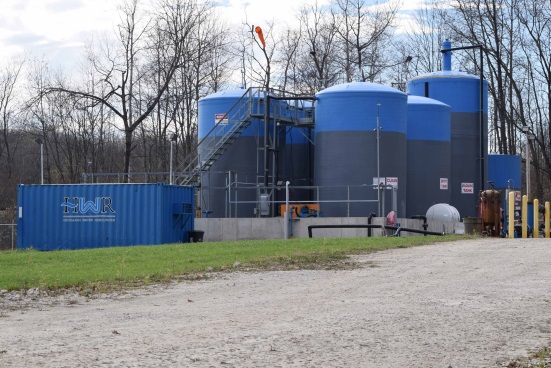
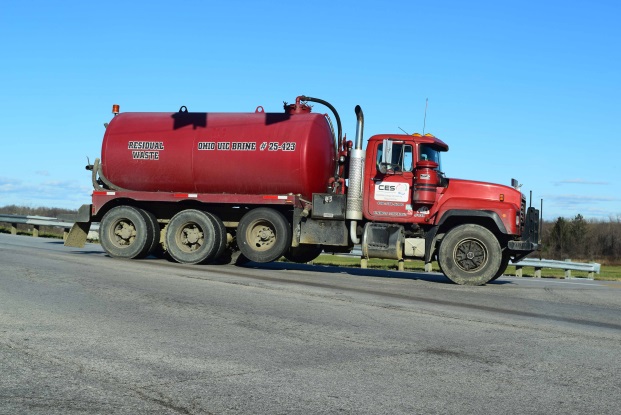
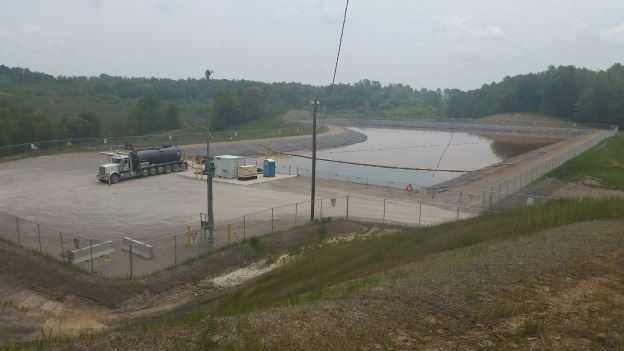
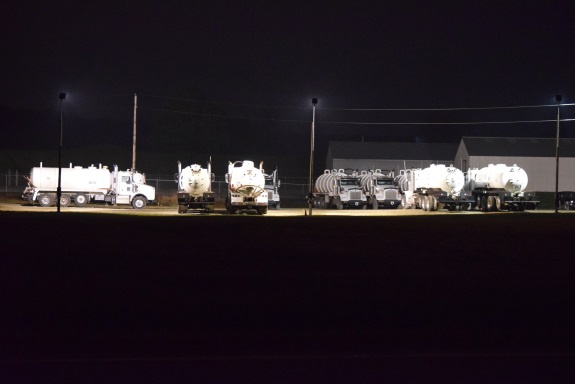
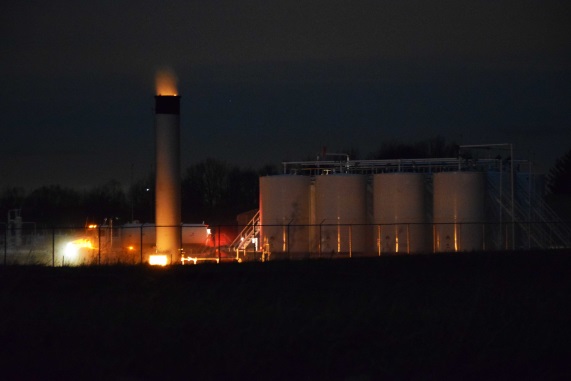
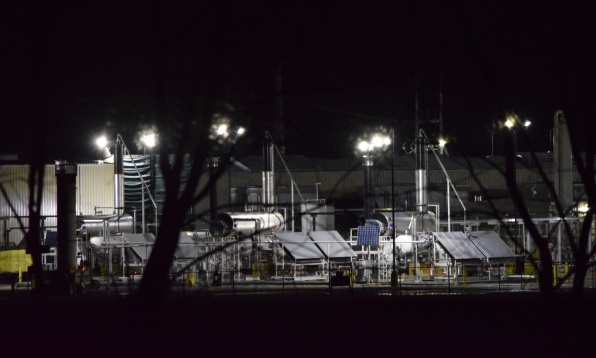
Trackbacks & Pingbacks
[…] up on the Ohio Shale Country Listening Project, which anonymously questioned 773 people from five Ohio counties about the long-term impact of […]
[…] up on the Ohio Shale Country Listening Project, which anonymously questioned 773 people from five Ohio counties about the long-term impact of […]
Comments are closed.